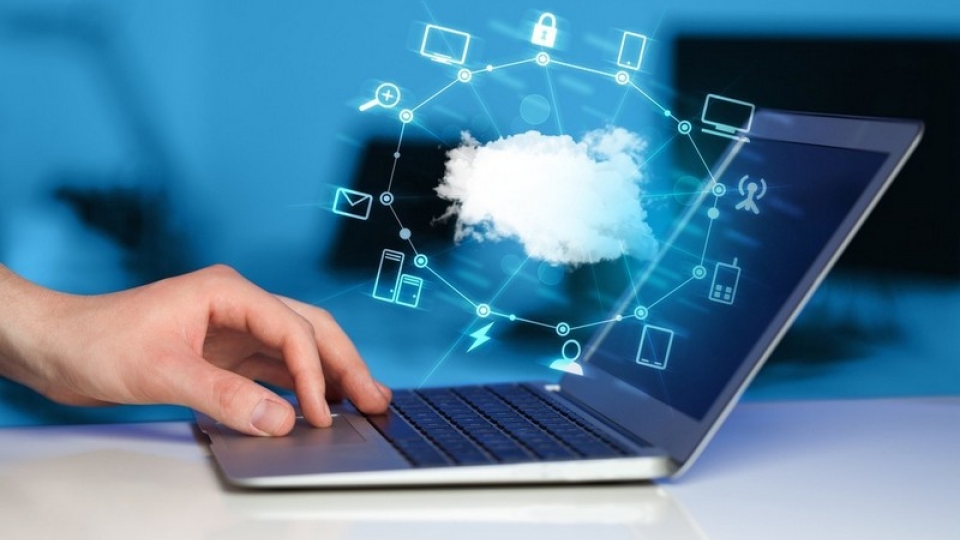
Deutsche Telekom and Microsoft plan to assist customers of all sizes to accelerate their cloud transformation initiatives which will reduce IT costs, increase flexibility and accelerate innovation.
Telekom plans to migrate the majority of its internal IT workloads to the public cloud by 2025, and Azure is a central part of that strategy. Through a companywide training program, thousands of Telekom employees will learn how to use Azure. Moving mainframe workloads to the cloud is one of the targeted areas of the partnership.
For accelerating business innovation, Telekom plans to migrate the majority of its internal IT workloads to the public cloud by 2025 with Azure being a central part of the strategy.
By combining Microsoft's cloud and AI capabilities with Telekom's Cloud Migration Framework and telecommunications services, the companies aim to enable customers to increase their productivity, build more agile and resilient operations, and deliver new cloud offerings faster.
"We have agreed on the framework for joint strategic growth with our long-term partner Microsoft. We are delighted," said Adel Al-Saleh, member of the Deutsche Telekom Board of Management and CEO of T-Systems. "This partnership will enable us to enhance services for our customers. We will also be supporting each other with digitalization and network build-out."
"The case for digital transformation has never been more urgent. We know that the next decade of economic performance for every business, whether large or small, will depend on the digital investments made today," said Jean-Philippe Courtois, executive vice president and president, Microsoft Global Sales, Marketing and Operations. "Through this strategic partnership, which combines the power of Deutsche Telekom's network and Microsoft's cloud, customers will have more opportunities to become resilient, accelerate innovation and ultimately drive success."
Historically, mainframes were designed as scale-up servers to run high-volume online transactions and batch processing. Using cloud-based mainframes, businesses can deliver new services based on evolving customer demands without retrofitting legacy hardware. This means companies can drive scale, business continuity and energy efficiency while reducing operational and hardware costs.


